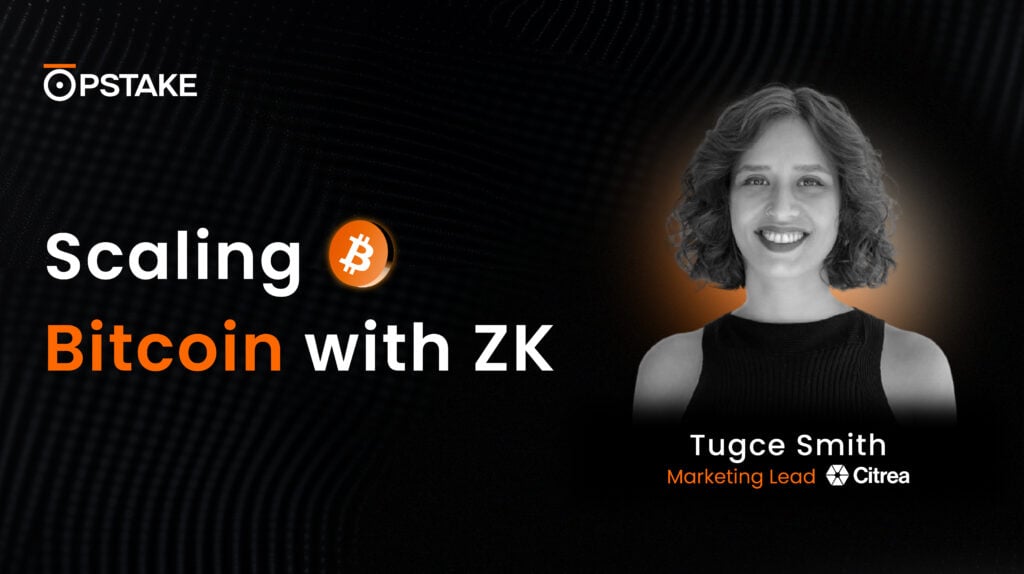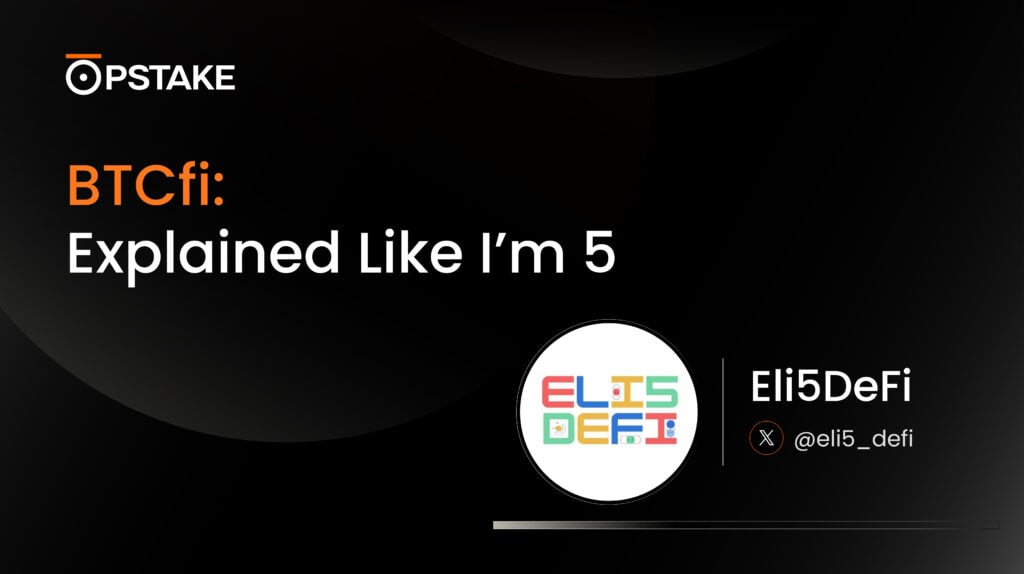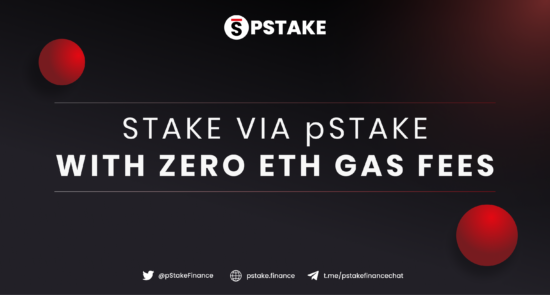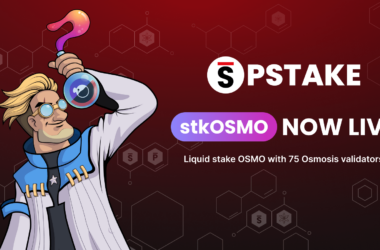Liquid staking provides stakers with multi-fold benefits in the areas of asset flexibility and yield opportunities, however we’re aware that all liquid staking protocols in this nascent sector carry certain drawbacks. For pSTAKE in particular, onboarding hurdles in the form of Ethereum gas fees and the complex staking process have been a hindrance for users.
Thus, as part of our ongoing efforts to improve the user experience, the pSTAKE team has been working on updating pSTAKE’s liquid staking mechanism.
The complex dual-step process for minting stkASSETs has now been replaced with a seamless one-step mechanism. This not only makes the liquid staking process much more simple, thereby reducing the barrier to entry for new users, but it also eliminates ETH gas fees for pSTAKE users during the staking process.
Additionally, the updates make the full $PSTAKE airdrop much more accessible to eligible participants.
Note: Users will still incur gas fees when transferring stkASSETs on the Ethereum chain, claiming rewards and unstaking via pSTAKE, however the new mechanism removes a major barrier to entry in the form of prohibitive gas fees during the liquid staking process.
Previous Mechanism
Previously, users would mint stkASSETs through a two-step process using two different chains – native chain (Cosmos Hub or Persistence) and Ethereum.
Using ATOM as an example, the flow for minting stkASSETs with fees incurred was as follows:
- Deposit ATOM to receive pATOM – Fees paid in ATOM on the Cosmos Hub (relatively minuscule)
- Stake pATOM to receive stkATOM – Fees paid in ETH on the Ethereum network (relatively very expensive)
New Mechanism: Improved User Experience
pSTAKE users now directly stake PoS assets (e.g. ATOM) and mint ERC-20 stkASSETs (e.g. stkATOM) in just one transaction, as opposed to the previous mechanism which entailed the two steps outlined above.
This feature has been implemented to address the following user issues:
- Complexity of minting stkASSETs
- High gas fees on Ethereum when minting stkASSETs
Simplifying Liquid Staking
Allowing users to deposit and stake native PoS assets with a single transaction reduces the number of steps required to mint stkASSETs.
The deposit & stake process is carried out via pBridge, pSTAKE’s inter-chain bridge. The bridge mechanism has been updated so that pSTAKE user deposits are immediately staked on the native chain, while simultaneously issuing stkASSETs to the user’s ERC-20 wallet address. Nothing else is required for the staker to receive their stkASSETs – just the one deposit & stake transaction.
This simplifies the process of liquid staking via pSTAKE, lowering barriers to entry.
Eliminating Ethereum Gas Fees
With the updated mechanism, there is only one transaction fee involved since the user will only have to conduct one transaction. This transaction takes place on the native blockchain side (e.g. Cosmos Hub), where the transaction fee is relatively miniscule, compared to fees on Ethereum.
As there is no user-generated transaction on the Ethereum chain required for users to receive stkASSETs, when staking using pSTAKE the costly Ethereum gas fees have been eliminated. The costs of minting stkASSETs and sending to the user’s wallet is covered by pSTAKE via pBridge.
Users will still incur gas fees when transferring stkASSETs on the Ethereum chain, claiming rewards and unstaking via pSTAKE, however the new mechanism removes a major barrier to entry in the form of prohibitive gas fees during the liquid staking process.
Note: pSTAKE’s dual token model is important in mirroring the workings of the underlying Tendermint-based chains and for better DeFi composability. Thus, staking rewards will still be issued as pASSETs, which can be exchanged 1:1 for native PoS assets at any time using the ‘Withdraw’ tab in the ‘Staking’ section of the pSTAKE interface.
Making the $PSTAKE Airdrop More Accessible
Eliminating ETH gas fees when staking via pSTAKE makes the full $PSTAKE airdrop much more accessible to eligible participants.
pSTAKE has allocated 6% of the token’s total genesis supply (30M $PSTAKE) to eligible airdrop participants. Airdrop tokens are vested over 6 months (16.67% released monthly), with the first distribution taking place on or around March 8th, 2022.
To be eligible for distributions in months 2-6, recipients must deposit and stake at least 20 ATOM OR 100 XPRT via pSTAKE (mint 20 stkATOM or 100 stkXPRT) in the eligible ERC20 wallet before 20th March 2022.
Note: This action is only required once to receive the remaining 5 distributions, and can now be completed with zero ETH gas fees.
Read the full airdrop details here: https://bit.ly/pSTAKE_Airdrop
About pSTAKE
pSTAKE is a liquid staking protocol that unlocks liquidity for your staked assets. With pSTAKE, you can securely stake your Proof-of-Stake (PoS) assets, participate in protocol improvements and security to earn staking rewards, and receive staked underlying representative tokens (stkASSETs) which can be used to explore additional yield opportunities across DeFi.
At present, pSTAKE supports Binance Chain (BNB), Cosmos (ATOM), Persistence (XPRT), and Ethereum (ETH) networks’ native tokens, with a view to support more chains and assets in the future (SOL, and AVAX).
Developed by Persistence
Persistence is a Tendermint-based, specialised Layer-1 network powering an ecosystem of DeFi applications focused on unlocking the liquidity of staked assets. Persistence facilitates the issuance and deployment of liquid-staked stkASSETs, allowing users to earn staking rewards while participating in DeFi primitives, such as lending/borrowing and liquidity provisioning on DEXs.
Persistence aims to offer a seamless staking and DeFi experience for PoS (Proof-of-Stake) users and enable developers to build innovative applications around stkASSETs.
Join Our Movement
Twitter | LinkedIn | Telegram | YouTube | Reddit | [email protected]










